Major pests and common diseases
Streptocarpus are threatened by 4 main types of problems:
- Gray rot. It appears on the leaves in the form of brownish spots, brownish bloom and leads to rotting. Method of treatment - treatment of the plant with a solution of copper oxychloride 0.5%.
- Powdery mildew. The leaves and stem are covered with a whitish bloom and spots. The method of disposal is to treat the affected areas with a fungicide every 10 days. Continue until the manifestations of the disease disappear completely.
- Thrips. Only the stem lends itself to treatment for these insects. The foliage and flowers are cut, the cut sites are covered with Akarin.
- Aphid. These small insects will leave the plant only after treatment with insecticides and soapy water. A sick flower must be isolated from healthy fellows.
Important! If you do not notice the disease in time and do not start treating the streps, then the plant will soon die. Diseases are transmitted to each flower, so healthy specimens are isolated from diseased ones
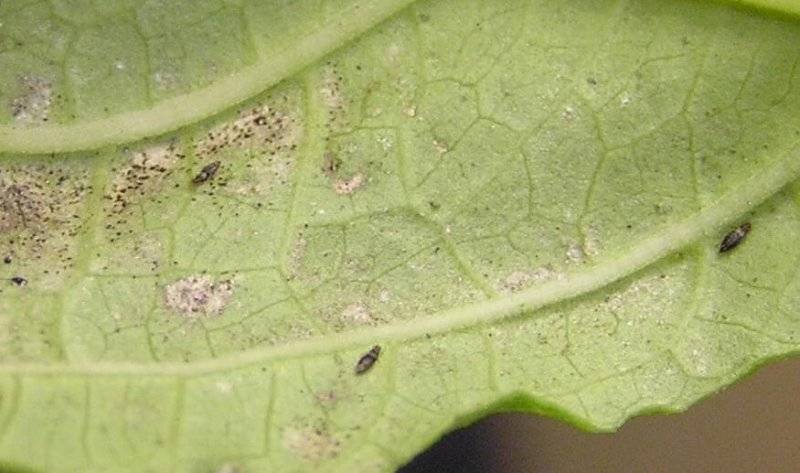
Flower pests
Streptocarpus, regardless of the variety, will become the favorite of any grower. Proper care, timely transplantation and treatment will provide the plant with a long period of active flowering, and the appearance of the streps will improve the owner's mood.
Color variety
Streptocarpus is one of the few plants whose color range is so varied and full of decorating additions:
- white and beige;
- lilac, purple;
- reds, wine, burgundy and raspberries;
- orange and yellow, melange;
- speckled, one half with color, and the other not, bordered and not, with patterns and tubercles, stripes and dots.
The petals also have a variety of shapes - round, oval, wavy. Few people can surprise with such a range, and even the most experienced flower growers never cease to admire these incredible ornamental plants.
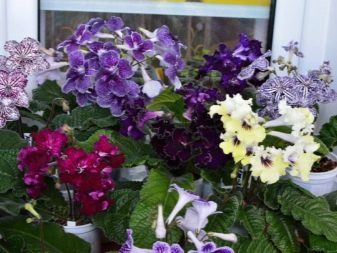
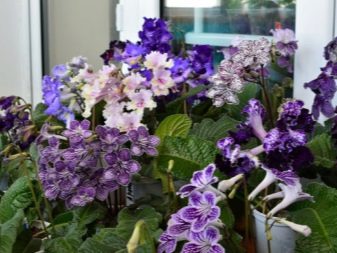
All flowers have very multifaceted shades, overflows and transitions from one color to another. You will often notice that the top has light or even white shades, while the bottom is always darker. The lower part with an unusual design, not just in the form of a deeper color, but also with a mesh insert and bright ruffles. Often the petals are completed with a contrasting border, the waves are bent.
The leaves are always bright green, sometimes double, sometimes glossy-smooth to the touch. Sometimes the flower can literally divide the strokes into several parts, the petals resemble the shape of exotic birds, and these bizarre shapes give room for imagination. It is no coincidence that streptocarpus have the fame of fantasy plants. After all, it is never possible to unequivocally answer the question of what shape the flower has and what color the plant is. So complex and outlandish this Gesnerian.
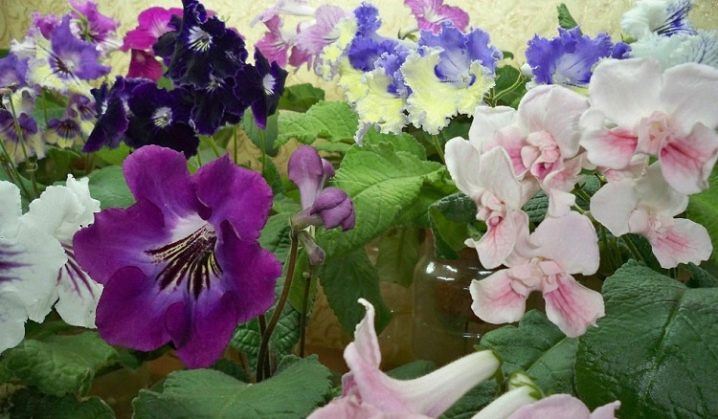
Planting streptocarpus and soil composition
It is customary to plant straps for seedlings in early February. Rushing to sow will not work. Procedure:
- A container is prepared for seedlings, the bottom of which is covered with drainage.
- Soil is poured on top, and the finished substrate is moistened.
- Streptocarpus seeds are scattered over the soil, without deepening.
- The container is covered with polyethylene to create a greenhouse effect.
Note! For germination, the planted Dimetris streptocarps are placed in a bright, warm place with a temperature of + 23-24 degrees. Every day, the film is removed for a few minutes for ventilation and oxygen access
The first shoots appear 14-15 days after sowing. Watering is done through the pan, as the sprouts are weakened and can easily rot.
Soil for streps should have a saline pH of 5.0 and consist of the following elements (calculated in ml / l):
- nitrogen - 150-160;
- phosphorus - not less than 250;
- potassium - 350-360.
The general characteristic of the soil substrate is loose, air and water permeable.
Streptocarpus care at home
With proper care, streptocarpus can bloom almost all year, starting not only in August. To achieve this effect, it is necessary to follow the rules of watering, lighting, feeding and temperature conditions.
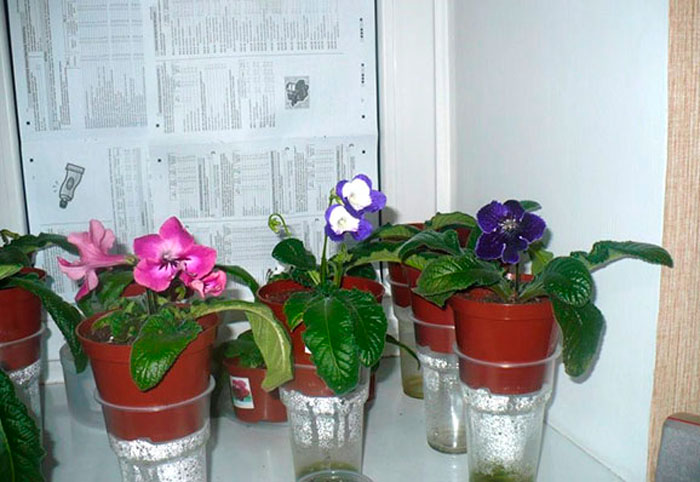
Flower care
Watering
Special attention should be paid to the quality of flower hydration. Water for irrigation should be soft, settled or thawed, the optimum temperature is slightly above room temperature.
Excess moisture is detrimental to the flower.
Watering is done moderately, after the middle layer of the soil has dried. When moistening the plant, water should not fall on the petals and leaves. The best watering method is in a pan of water. After 15 minutes, excess moisture is poured out of it.
Note! Streps loves a humid climate, so you need to place containers with water or a humidifier next to the pots
Top dressing
From spring to the end of autumn, streptocarpus needs top dressing. For this, nitrogen and potash fertilizers are used, alternating them. Top dressing is applied to wet soil. The dosage is calculated according to the directions on the package, but the amount is halved. For young, recently rooted plants, nitrogenous types of fertilizing are considered the most suitable.
Lighting and temperature
The daylight hours of the streps should be 12-14 hours long. The plant prefers bright and diffused lighting. During the period of the year with short daylight hours, it is necessary to use phytolamps. The ideal location for the flower is the windows facing east and west.
Streptocarus is a thermophilic flower. The average temperature in the room all year round should be + 15-18 degrees for common species and + 18-20 degrees for hybrids. Streps feel most comfortable in indoor conditions. Any draft can lead to illness and death of the flower.
Streptocarpus care at home
The health of streptocarpus directly depends on the correctness of agricultural technology. This culture especially needs proper care. It is watered with soft warm water through the drainage hole. Regular hydration can be achieved with capillary moisture.
With each transplant, complex fertilizers (phosphorus, nitrogen and potassium) are introduced into the soil. They provide vigorous growth and abundant flowering.
Lighting and temperature
Streptocarpus Dimetris love good lighting. They feel comfortable in artificial and natural light. Direct sunlight can burn the leaves. The flower loves warmth, does not tolerate sudden changes in temperature.
Important! The plant should not be placed in drafts.
The history of the appearance and general characteristics of streptocarpus breeding Dimetris
The birthplace of streptocarpus is the island of Madagascar. In 1818, botanist Jay Bowie discovered an unusual plant, was able to preserve and transfer the seeds to the botanical greenhouses in London. The flower was originally named Didimocarpus rexii, but a decade later it was renamed Streptocarpus rexii. It was this flower that became the basis for all modern hybrids.

Streptocarpus rexii
Common plant characteristics:
- belongs to the Gesneriev family, unpretentious in care;
- inflorescences consist of several large buds;
- the base of the leaves is a wide rosette, which is attached to the stem at the very bottom.
In the wild, streptocarpus prefer a humid and warm climate. Growth halo - near water bodies. In rare cases, the plant is found in mountainous areas.
Description of popular varieties of streptocarpus Dimetris
There are many varieties of DS streptocarpus. All of them differ in the shade of the inflorescences, the shape, size and color of the foliage. Flowers have unusual interesting transitions from one shade to another. One part of the petals is lighter and the other is darker. Also, some inflorescences have bright ruffles. The petals can be smooth or double. To understand all the subtleties of different types, their description will help.
DS 2080
This is a new variety with lush, luscious foliage in rich green color. Streptocarpus DS 2080 has velvet purple inflorescences, consisting of seven petals.
DS 1920
Streptocarpus 1920 is a very beautiful bush with elongated leaves and lush buds. Terry inflorescences have bright shades, exude an exquisite aroma.
DS 2059
Abundantly blooming semi-double bright silivan. The upper red petals are harmoniously complemented by the lower yellow petals with a mesh. The flower stalks are short, the buds are preserved from July to August.
DS Margarita
One of the oldest varieties of margarita has a large rosette. Raspberry lace flower with glossy petals with a white border and many frills. The sturdy peduncle can support the weight of heavy, large carved petals. Lush bloom lasts for a long time.

Margarita variety
DS Eternity
Large bright red varieties reach up to 10 cm in diameter. The border is lacy, slightly darker than the main color of the petals. The flowers of the Eternity variety do not fall off for several months. The leaves are large, bright green.
DS Ezhkin cat
Fancy variety with medium double inflorescences. The petals are dark purple with white specks. Resistant to dropping.
DS Fire
The fancy variety has an unusual bud. Semi-double silky petals with an unusual shape and a corrugated edge.
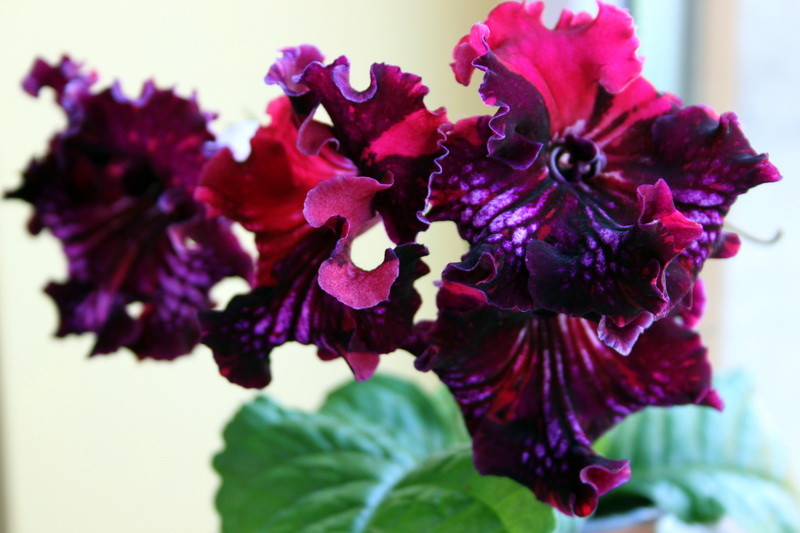
Streptocarpus Fire
general description
A popular home plant, Streptocarpus is native to Africa and can also be found in Madagascar and the Comoros. The flowers are a five-leafed bud that looks a lot like an orchid. The flower is located on a long peduncle and seems to float above the foliage.
In their natural environment, there are species that grow on shaded slopes or rocks, on the ground, in rock crevices and almost everywhere where the seed can germinate and take root. For the home, breeders have created many hybrids of various colors and shapes.
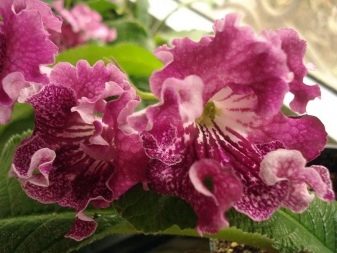

Although the flower is usually referred to simply as streptocarpus or streps, the common name for the plant is primrose, and it is this that is most often used, since there is a superficial resemblance to the primroses genus.
This is not to say that "Dimetris" belongs to a separate variety - no, it's just a brand under which other plants are grown, for example, gloxinia, saintpaulia. It was founded by the husband and wife of the Yenikeevs, originally from Dnepropetrovsk.
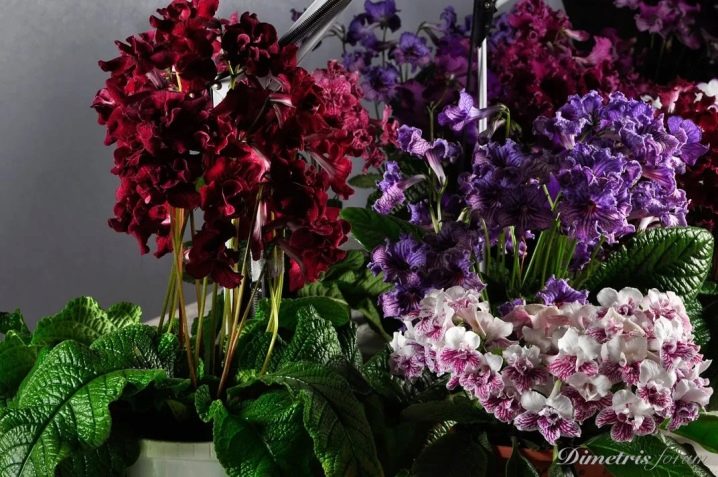
Growing and care
The two main things to remember when growing streptocarpus are they don't like waterlogged soil, but they don't like dry soil.
For planting, use soil with the addition of perlite, since it makes it more airy. You should always check the drainage holes in the bottom of the container so that they are not clogged with roots and allow water to flow freely.
The temperature of the flower content is + 18-25 C, a decrease to 10 C with a plus sign is allowed. The light should be bright, but indirect, artificial lighting is suitable. Even with a lack of sunlight, the plant does not stop blooming, only fewer buds are formed.
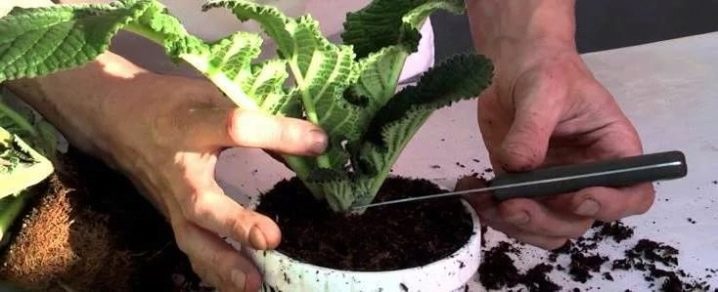
Watering is done only when the soil becomes dry. Some gardeners choose to water when the leaves have begun to wilt. There is nothing to worry about: they recover well after dehydration, and this is one of the features of the presented species.
You can feed during the period of active growth, using complex water-soluble additives with a large amount of phosphorus
Nitrogen supplements should be used with caution.
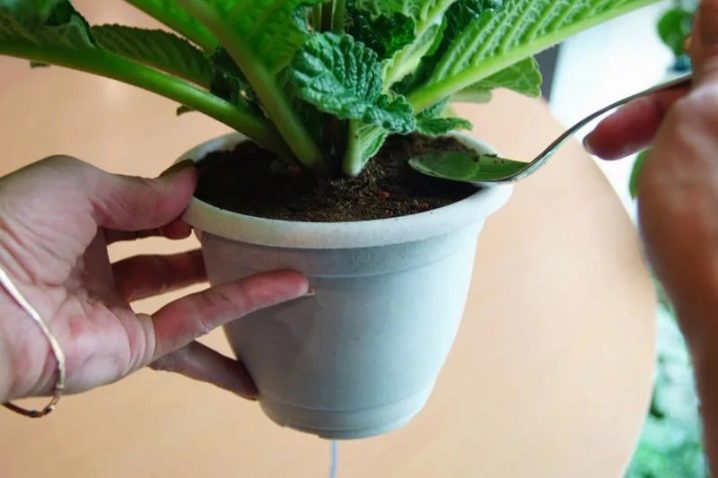
From time to time, it is allowed to remove yellowed leaves at the base. They are old, respectively, die over time. If there is a healthy leaf with damage, then you can successfully cut it off completely or only part of it. After flowering, the peduncles are removed at the root.
Streptocarpus is usually rarely damaged by pests or diseases. However, the most common ailments are aphids and mealy mites. The problem is quickly resolved with neem oil, alcohol treatment, or simply overhead watering. Fungal diseases are treated with fungicides.
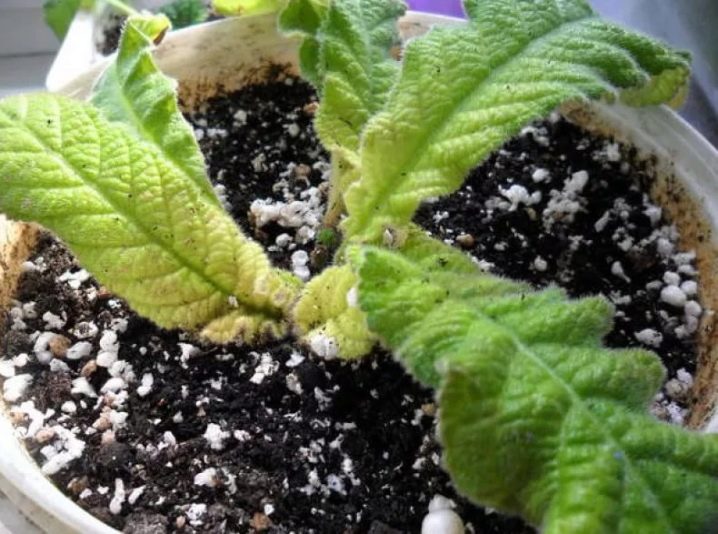
For the features of Dimetris streptocarpus, see below.
Major pests and diseases
Correct agricultural technology is a reliable protection for the plant. Stagnant dry air and elevated air temperatures are favorable factors for the development of diseases and pest attacks. Aphids, spider mites or thrips may appear on the flower. Lack of moisture, sunlight and violation of the rules of care can cause yellowing and fall of foliage.
Important! A diseased plant must be isolated from all others so as not to infect them. Streptocarpus is a beautiful houseplant
Unpretentious care and chic appearance are the advantages of this culture. The variety of colors will satisfy the requirements of the most discerning grower
Streptocarpus is a beautiful houseplant. Unpretentious care and chic appearance are the advantages of this culture. The variety of colors will satisfy the requirements of the most discerning grower.
vote
Article Rating
Description of popular varieties of streptocarpus Dimetris
The main types of streptocarpus:
- Rocky. Prefers stony soil, resistant to drought and UV rays. The root system is dense, twisted, stiff. The foliage is small with villi, the flowers are small, have a pastel purple color.
- Royal. Preferences - subtropical climate, shaded areas. The root system is branched, the foliage is elongated and long. The flowers are large, up to 30 cm, have a bright purple color.
- Wendland. Prefers a temperate humid climate. The leaves are wide and long, up to 1 m long. The flowering period is long. On a flower with one root system, there are up to 19-20 large purple inflorescences.
Note! Streptocarpus Dimetris has more than 150 varieties, in the name of which the abbreviation DS is used
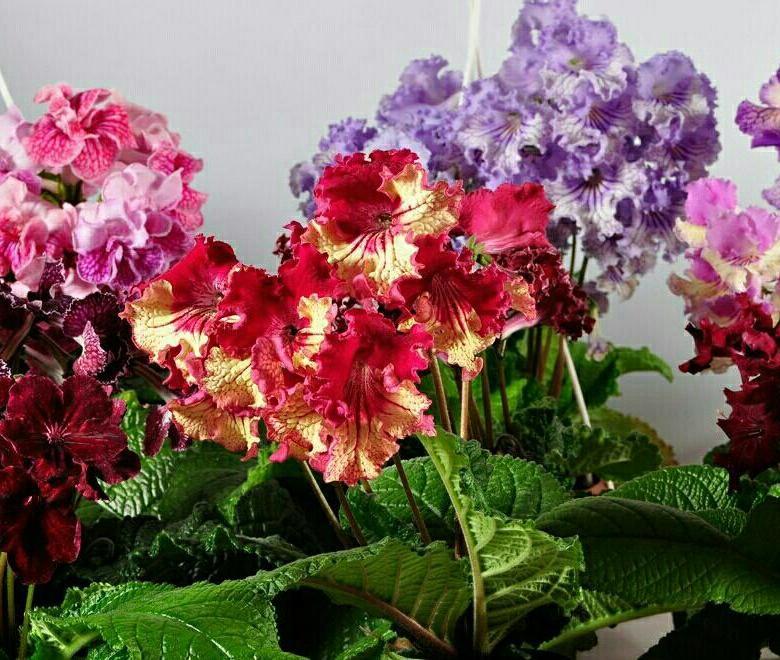
Different varieties of flower
DS 2080
Streptocarpus ds 2080 has double large flowers of a rich purple hue; towards the middle, the color turns into white. A feature of the variety is the central part, which consists of 3, not 4 petals.
DS 1920
Streptocarpus 1920 has large, curved, wavy petals in a rich fuchsia shade. In the middle of the petal, there are splashes of white and pale pink flowers.
DS 2059
The variety has 2 levels of petals, each with a different color. The lower tier is a juicy yellow shade with a red mesh. The upper petals are burgundy red. The variety is profusely blooming, the texture of the petal is semi-double.
DS 1726
Inflorescences of Streptocarpus 1726 have a dense terry covering of petals. The color ranges from light pink to deep dark shade. The socket does not thicken. The size of the flower is from 8 to 10 cm.
DS 1931
The flower has wavy semi-double petals. The colors range from pink at the base to dark crimson edging. On the lower petal there are reticular blotches of white, the rest of the flower is monochrome.
DS Margarita
This straps has large, up to 9-10 cm, buds. The petals are velvety, in the form of ruffles. The color of the petals is divided into levels: the lower tier is saturated crimson, the upper tier is light pink. In sunlight, the flower gets orange highlights. Inflorescences are strong, do not thicken.
DS Eternity
This DS streptocarpus is terracotta red. The edges of the petals are burgundy, almost black. The texture of the flower is terry thick. The size of the bud reaches 9 cm.
DS Ezhkin cat
This variety of streps has large artsy branches. Terry petals, painted in a black and purple hue. They have splashes of white and purple tones. The shape of the petal is pointed, reminiscent of a wasp.
DS Midnight Poison
The name translated means "midnight poison". Poisonous lilac color of petals with a white mesh fully corresponds to the name of the variety. The size of the bud reaches 9-10 cm, the Peduncle has a strong base.
DS Fire
This straps has ruffle-shaped petals, their texture is thick, terry.The color of the flower is burgundy with splashes of red and purple. The lower tier of petals is covered with white spots. The bud is large, 8-9 cm. The flower has a rich aroma.


